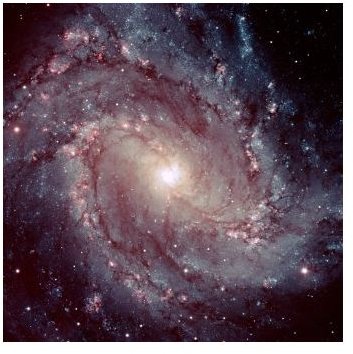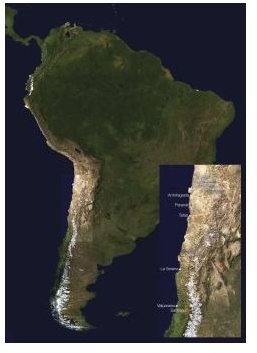The European Southern Observatory - ESO: What It Is, What It Does, And Why James Bond Checked It Out
Brief History and Big Accomplishments of the ESO
ESO was created in 1962 by European astronomers who, then only having access to northern skies, wanted to see what the southern hemisphere had to offer—half of the astronomy to be done! Member European states originally included Belgium, Germany, France, Netherlands and Sweden, and now include Denmark, Switzerland, Italy, Portugal, United Kingdom, Finland, Spain, Czech Republic, and Austria. Whew! The headquarters are located near Munich, Germany, and employs somewhere around 700 staff at a budget of 135 million euro annually. This all requires a lot of cooperation from a number of scientists and politicians of very different backgrounds, and ESO manages this with a wrinkle, making them the model of scientific and political cooperation.
Since then, discoveries have included evidence for the black hole at the center of our galaxy, Sagittarius A*, the furthest (and thus oldest) gamma burst, the first picture of an exoplanet, and the most distant galaxy yet seen. It’s also proven to be the single most successful hunter of exoplanets. Pretty cool, huh?
ESO Images



Current Facilities…
All of the ESO’s current facilities are located within the Atacama desert of Chile. Due to it, well, being a desert and extremely dry and thus largely devoid of human development and noise pollution, it has a uniquely clear and crisp view of the stars for visible light. These include numerous observatories:
The La Silla Observatory hosts a whopping 18 telescopes, though most of them currently suffer disuse. Three are still currently operational.
The Paranal Observatory features the very versatile Very Large Telescope, the world’s most advanced visible light telescope. Paranal is also home to two other telescopes. Paranal was featured in the recent James Bond film Quantum of Solace as—what else—the criminal mastermind’s hideout. This choice was on aesthetic grounds and not scientific of course, but it was enough of an honor to warrant a section of the ESO website on James Bond at Paranel.
The final observatory is the Llano de Chajnator Observatory, featuring the Atacama Pathfinder Experiment. The Atacama Large Millimetre Array–ALMA, is currently under construction here, with collaboration from countries from North America, East Asia and China. The Cosmic Background Imager also finds a home here.
Location, Location, Location


…And Future Plans
The ESO is currently planning another telescope, the European Extremely Large Telescope, following the design of the Overwhelmingly Large Telescope. (As you might have gathered, astronomers don’t always choose the most creative names for their toys.) This would be the largest Earthbound optical/near infrared telescope if constructed—which they hope to start doing come 2010.
Numerous more countries have expressed interest in joining the ESO and using these facilities, most notably Ireland. So, expect the membership to expand!
Resources
For more information on the facilities and recent discoveries, check out the ESO website—available in almost as many languages as member countries. Their website includes a lovely picture of the week section for those who don’t want to sift through their numerous press releases about new findings.
They also have a YouTube channel where movies are posted showcasing their latest discoveries and techniques.
